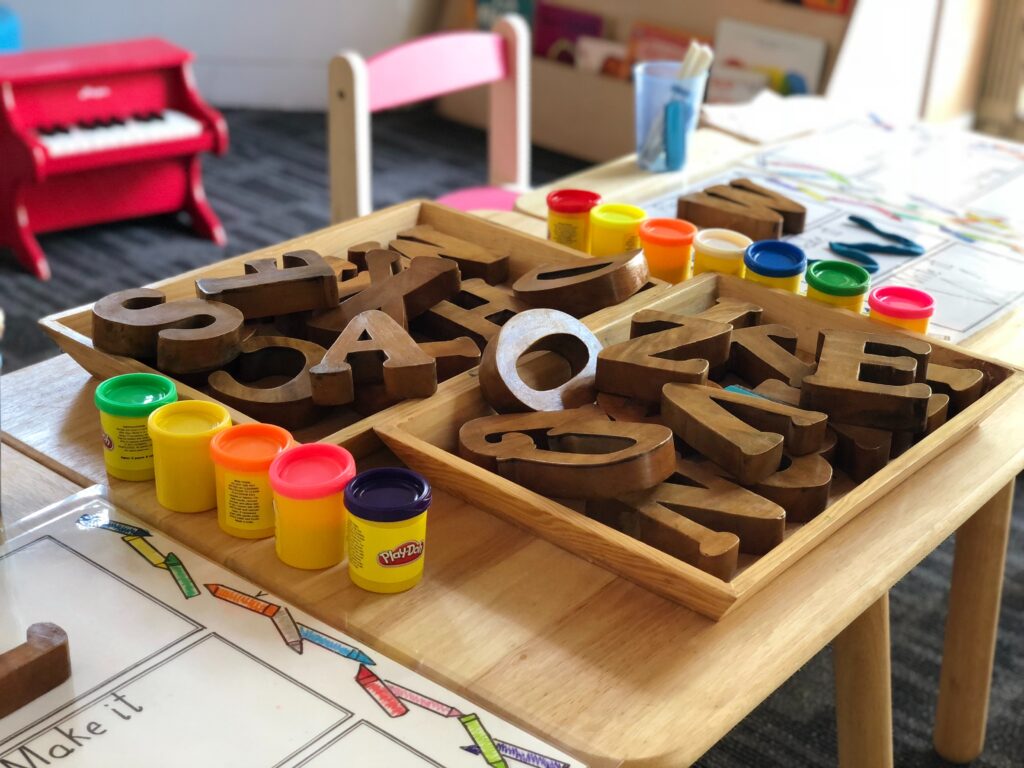Getting started with Homeschooling:
A step-by-step guide
Welcome to the exciting world of homeschooling!
As you embark on this educational journey with your child, we understand that the process may seem overwhelming at first. That’s why we’ve created this step-by-step guide to help you get started with confidence.
Continue reading below.

Step 1:
Research Your State’s Homeschooling Laws
Before you begin homeschooling, it’s essential to understand the legal requirements in your state or country. Each region has its own rules regarding homeschooling, which may include:
- Notification of intent to homeschool
- Required subjects and learning hours
- Annual assessments and evaluations
- Record-keeping and reporting requirements
Take the time to research these regulations and ensure that you comply with them. Click the button below to find resources relevant to your state.
Step 2:
Determine Your Educational Approach
Homeschooling offers the flexibility to choose an educational approach that aligns with your family’s values and your child’s learning style. Some popular approaches include:
- Traditional or structured homeschooling
- Classical education
- Charlotte Mason method
- Montessori method
- Unit studies
- Unschooling
Learn about the different educational philosophies and decide which one resonates best with your family. Click below to learn more.
Step 3:
Choose a Curriculum
Once you have a clear understanding of your chosen approach, it’s time to select a curriculum. You can opt for a pre-packaged curriculum, which provides a complete course of study, or create a customized curriculum using various resources. Consider your child’s interests, learning style, and specific needs when making your selection.
Step 4:
Set Goals & Create Schedules
Establishing clear goals and expectations for your homeschooling journey can help you stay focused and motivated. Set both short-term and long-term goals for your child’s academic, social, and personal development.
Once you have defined your goals, create a daily or weekly schedule to structure your homeschooling routine. Remember to be flexible and adjust your schedule as needed, based on your child’s progress and interests.
Step 5:
Gather Resources & Materials
Equip your homeschooling environment with the necessary resources and materials, such as textbooks, workbooks, digital resources, manipulatives, art supplies, and science equipment. Organize your learning space to create a conducive environment for effective learning.
Step 6:
Connect with Other Homeschooling Families
Building a network of homeschooling families can provide valuable support, encouragement, and resources. Join local homeschooling groups, attend meetups, or participate in online forums to share experiences, ask questions, and learn from others who are on a similar journey.
Step 7:
Continuously Evaluate & Adjust
As you progress through your homeschooling journey, regularly evaluate your child’s progress and your teaching methods. Be open to making changes and adapting your approach to ensure your child’s needs are met and that they continue to thrive in their learning environment.
Remember, the key to successful homeschooling is being patient, flexible, and committed to providing the best possible education for your child. You’ve got this!
For more detailed information and resources related to each step, explore our website’s various sections, including Curriculum and Resources, Teaching Tips and Strategies, and Support and Community.






